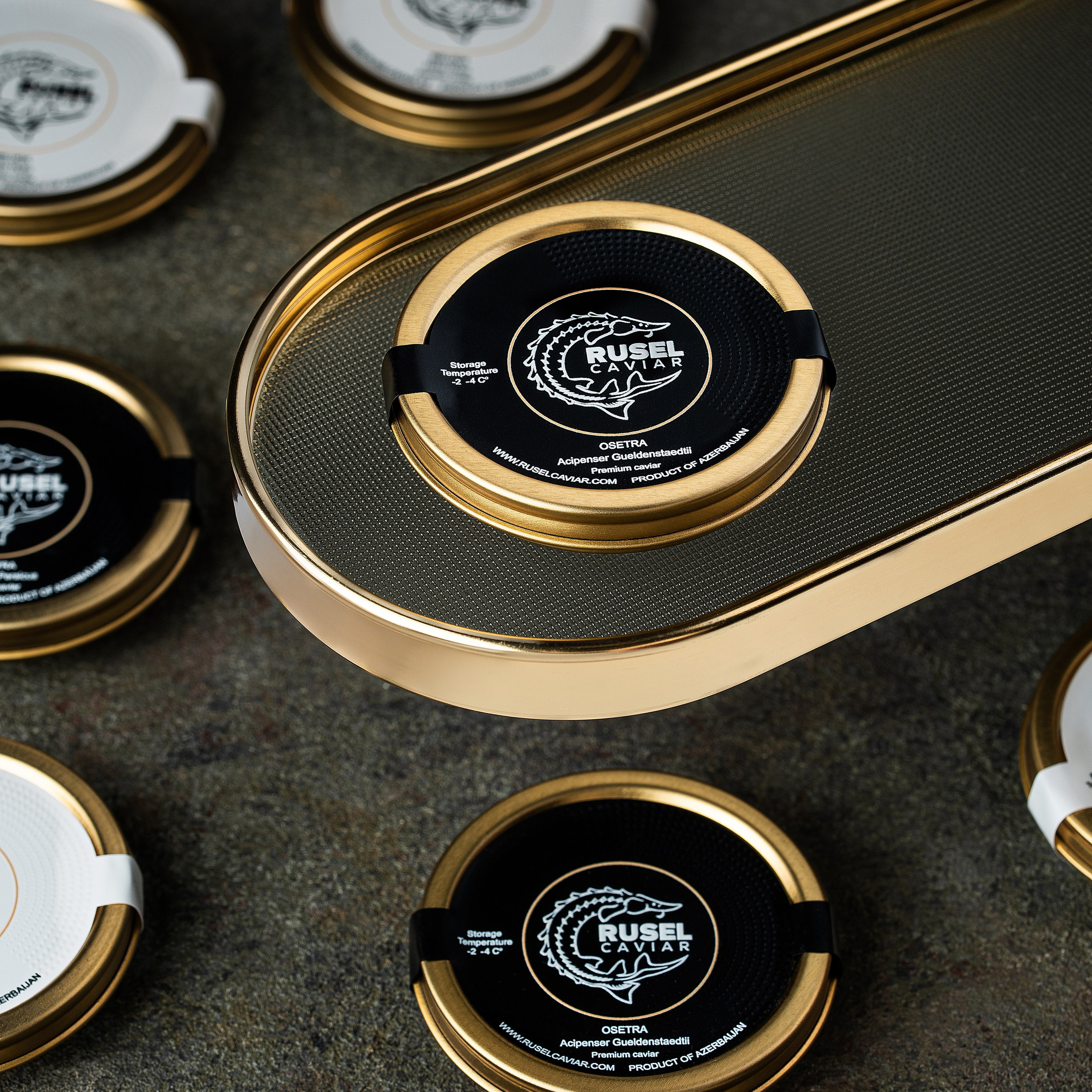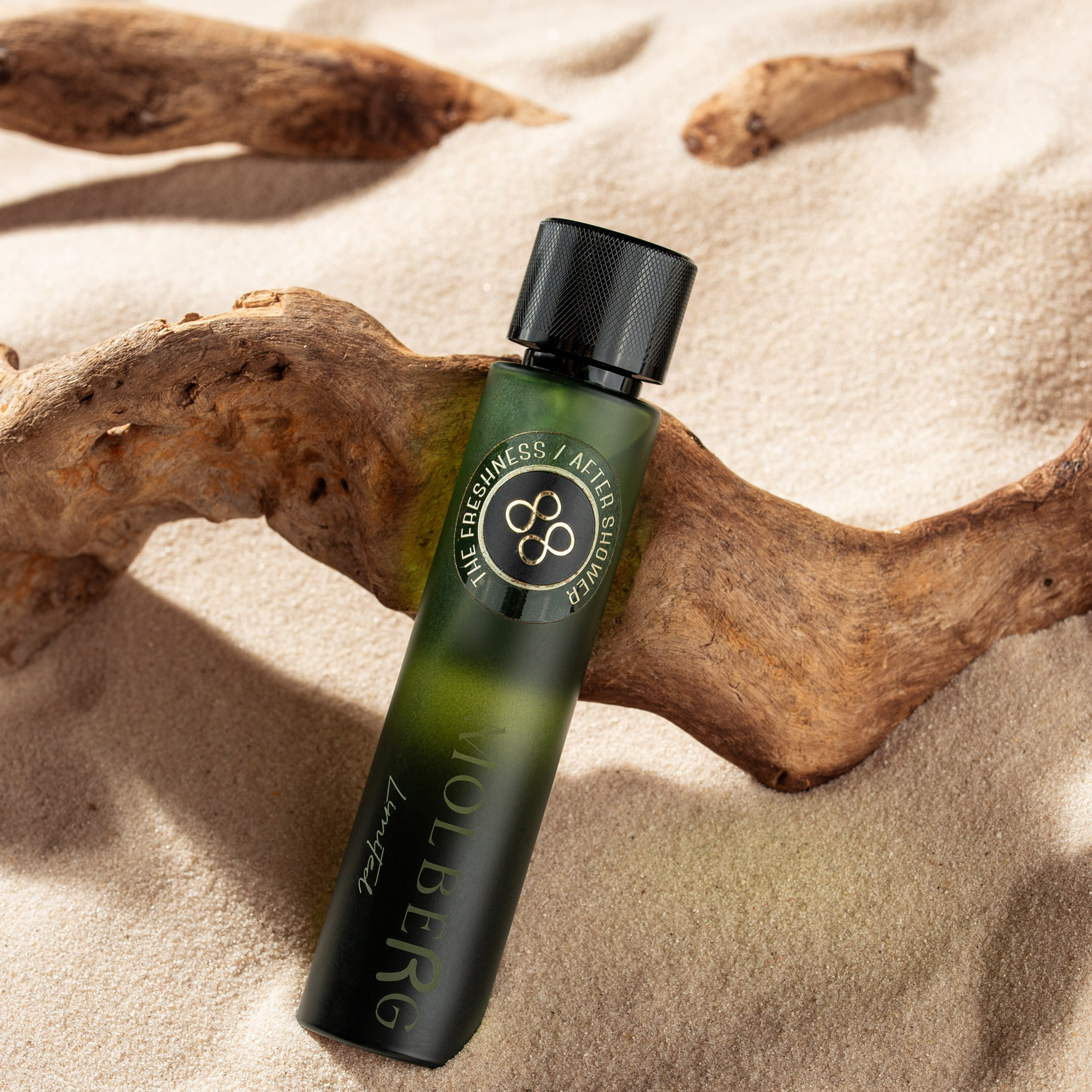Food photography is more than just showing what’s on the plate — it’s about creating emotion, telling a story, and sometimes even making art.
In this article, we’ll compare classic still life with surreal food visuals, explore their visual language, and explain why many modern brands are moving toward surrealism to stand out.
1. What is Classic Still Life in Food Photography?
Classic still life (or nature morte) has deep roots in art history.
Its focus is on realism, structure, light, and calm aesthetics — often with a timeless feel.
Key traits:
- Symmetrical and balanced composition
- Natural light and traditional backgrounds (wood, stone, fabric)
- Objects follow gravity — no levitation, no distortions
- Warm tones, subtle shadows, muted contrasts
This style is widely used in restaurant menus, catalogues, cookbooks, and fine art photography.



2. What Are Surreal Food Visuals?
Surrealism blends the real and the imaginary, often bending logic and physics.
Surreal food visuals take everyday ingredients and reimagine them through imagination and metaphor.
Examples:
- Fruits floating mid-air
- A cake melting through a metal fork
- A dessert shaped like a human face
- Symbolic elements like eyes, mirrors, or geometric illusions inside the food
Key traits:
- Defies gravity and realism
- Uses metaphor, dreamlike elements, and fantasy
- Often created with advanced editing, 3D tools, or AI
- Feels more like an art installation than a product photo
Surreal food visuals are great for bold brand storytelling, viral social content, or conceptual advertising.
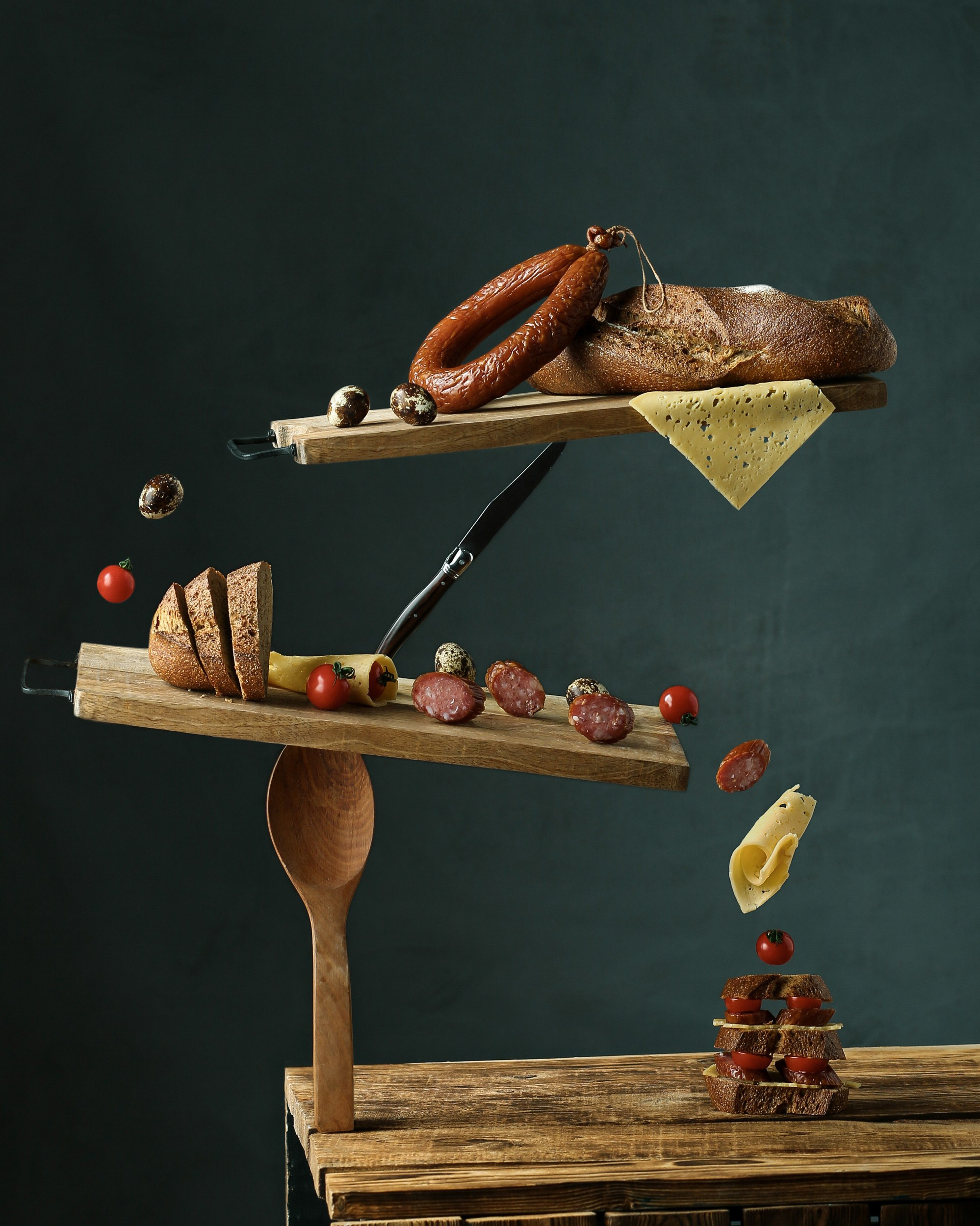

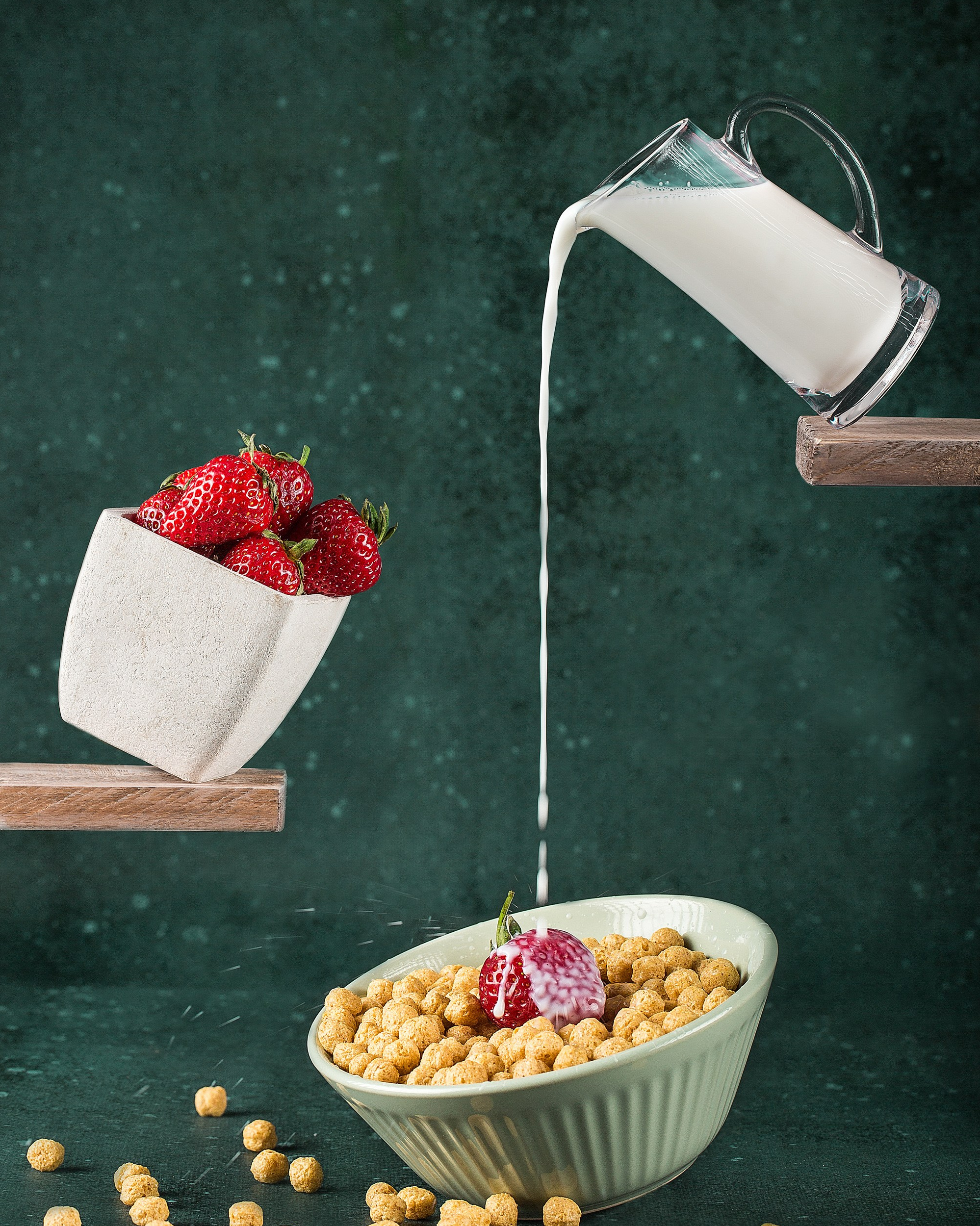
3. Comparison Table: Still Life vs. Surreal Food Visuals
| Feature | Classic Still Life | Surreal Food Visual |
|---|---|---|
| Composition | Symmetrical, balanced | Unusual, disrupted balance |
| Sense of space | Physical and familiar | Dreamlike, imaginative |
| Lighting | Soft, natural | Bright, dramatic or fantastical |
| Purpose | Aesthetic and realistic representation | Emotional, metaphorical, unique |
| Use case | Menu, art, restaurant visuals | Advertising, social media, campaigns |
4. Why Are Brands Moving Toward Surreal Food Visuals?
- High competition — you need to stand out visually
- Short attention spans — surrealism grabs attention in under 3 seconds
- AI, 3D, and visual effects are now accessible to more creators
- Younger audiences engage more with symbolic and visually surprising content
Surreal visuals work especially well in advertising, creative direction, motion graphics, and social media storytelling.
Conclusion: A Bridge Between Reality and Imagination
Classic still life builds trust, clarity, and elegance.
Surreal food visuals spark emotion, wonder, and curiosity.
Which one should you choose?
That depends on your brand tone, target audience, and campaign goal.
Pro Tip: Use both.
- Go classic for your restaurant menu or packaging
- Go surreal for your next product launch, ad, or viral campaign
Blog
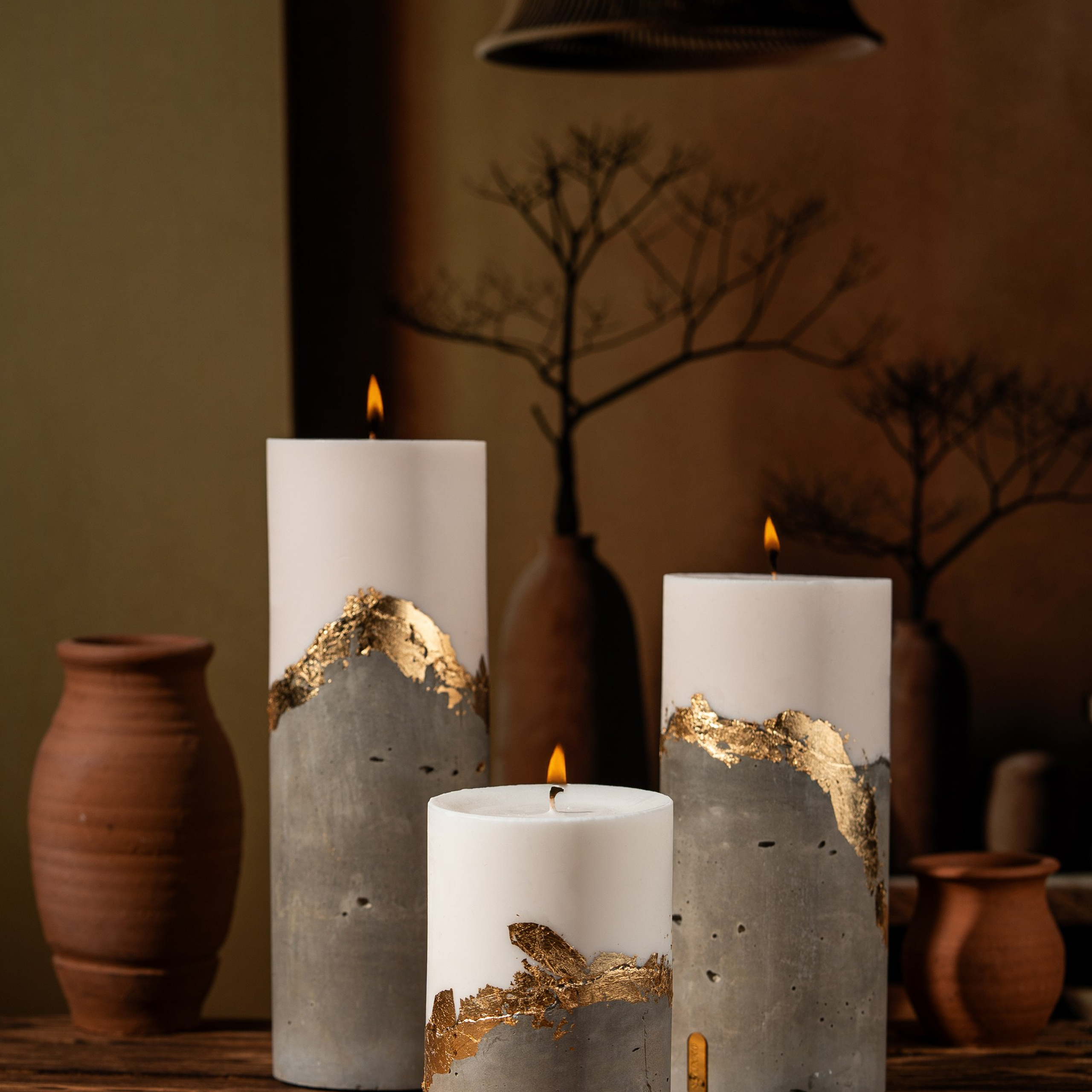
8 Tips for Taking Photos that Highlight the Beauty of Decorative Candles

How Product Photography Influences Buying Psychology
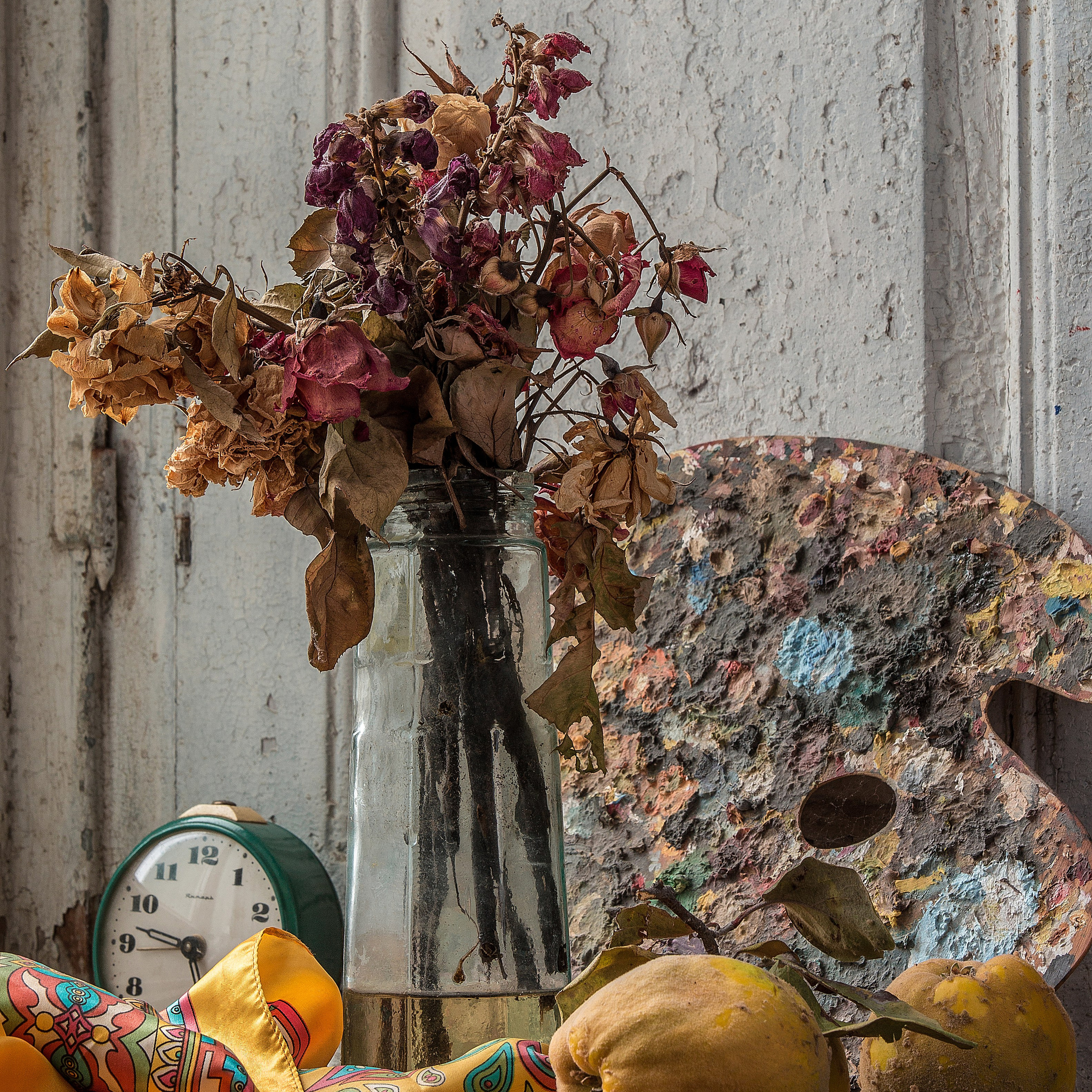
The History of the Still Life Genre

The Secret of Colors: What is the Itten Circle and Why is it Important in Photography?
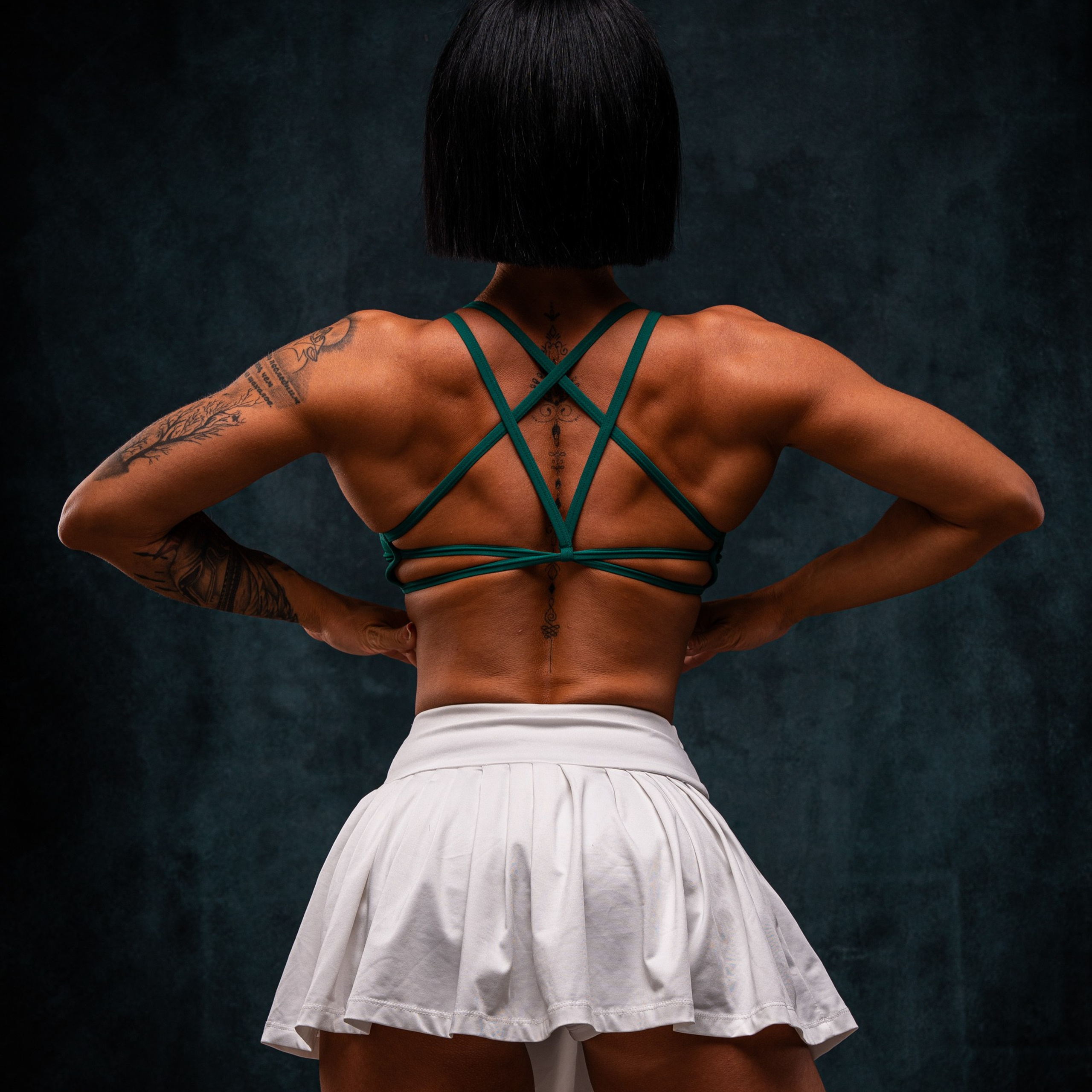
The Aesthetics of Power: Secrets to Professional Athlete Portrait Photography
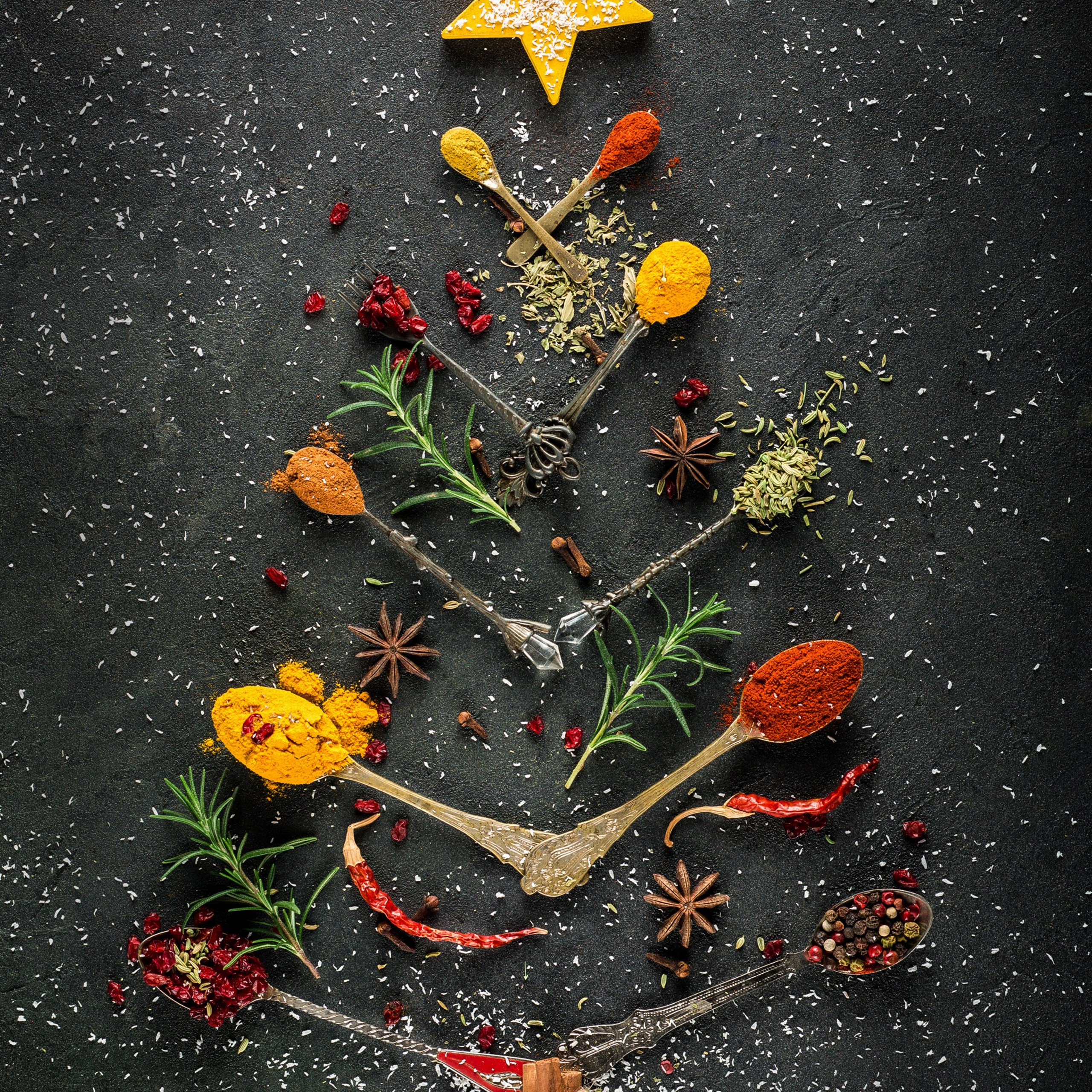
Christmas & Winter-Themed Product Photography
